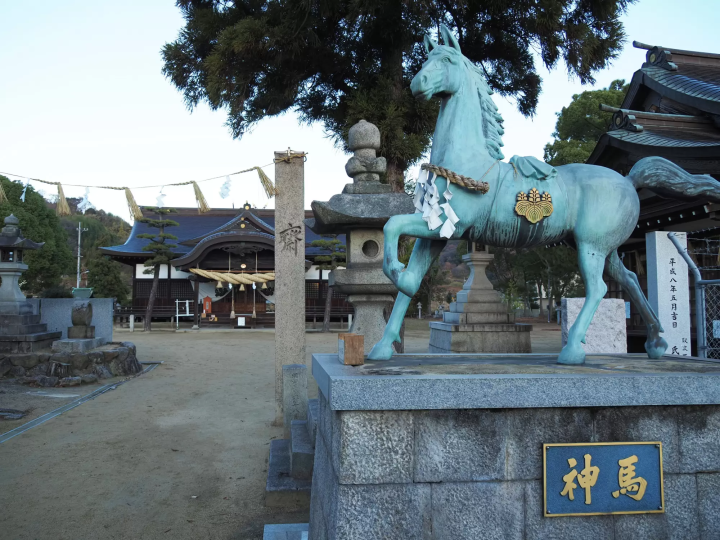Experience Japanese Culture! Tea Ceremony, Ikebana, and World Heritage Tours from Tokyo & Kyoto
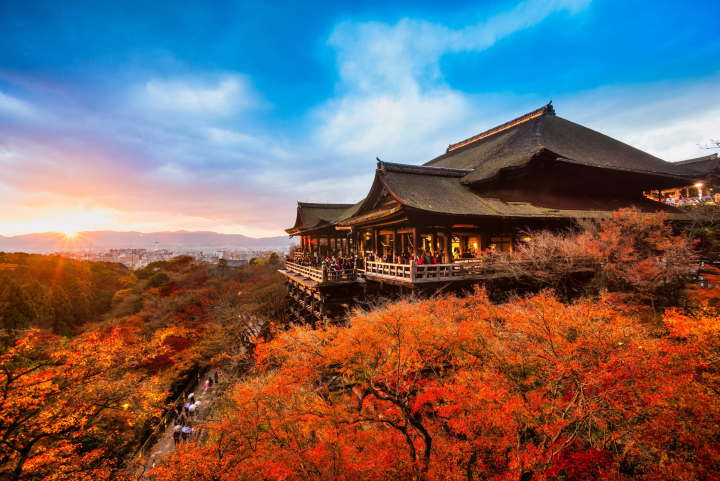
Why not try some Japanese cultural experiences that will make your trip to Japan even more special? You can experience the charm of Japan through tea ceremony, flower arranging, World Heritage sites, castles, festivals, and seasonal events. This article introduces cultural experiences and tourist spots you can enjoy throughout Japan, as well as information on tours you can participate in.
-
Table of Contents
- Experience the traditional arts of Japanese culture | The charm of tea ceremony, flower arrangement, and calligraphy
- Touring World Heritage Sites and Historical Architecture | Kyoto Temples and Himeji Castle
- Experience a Japanese Festival | Gion Festival
- A Journey to Visit World Heritage Sites | Experience Japanese Culture in Nikko and Shirakawa-go
- A tour to experience traditional Japanese crafts and martial arts that live on in the region
- Experience the beauty of the four seasons through a Japanese cultural experience | Cherry blossom viewing and autumn foliage tour
- Summary | Make your trip special with a Japanese cultural experience tour
- FAQ
Experience the traditional arts of Japanese culture | The charm of tea ceremony, flower arrangement, and calligraphy
tea ceremony
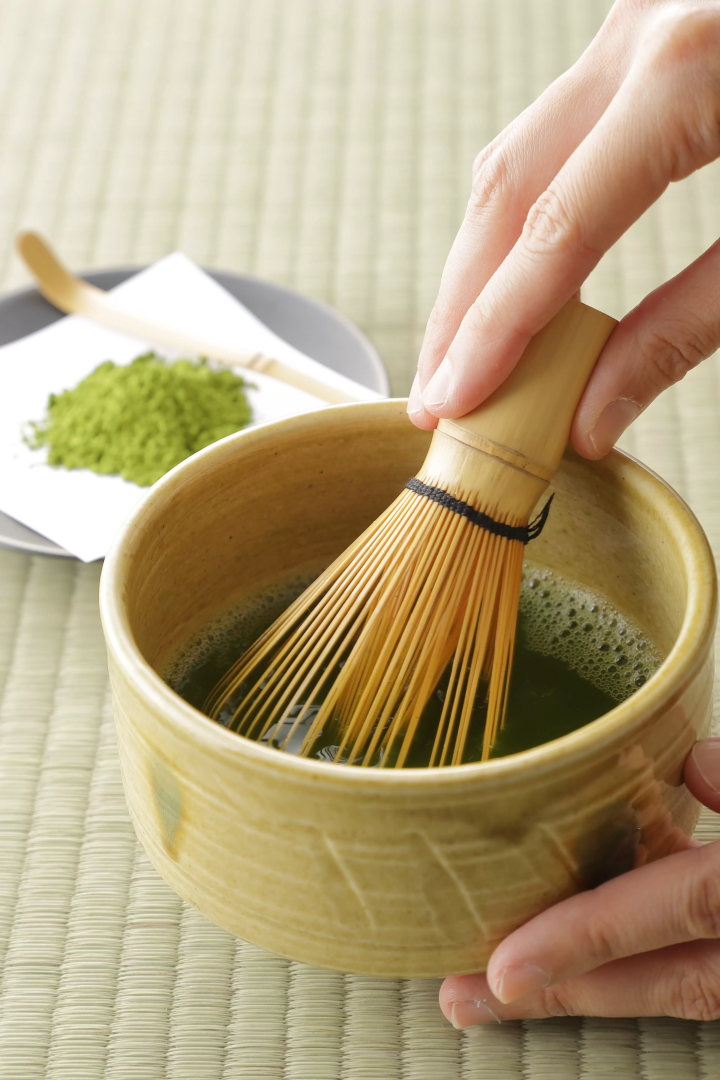
The tea ceremony is a comprehensive art form that is imbued with meaning in everything from the tea utensils and hanging scrolls to the garden arrangements. The act of preparing matcha and taking a sip of it embodies the spirit of hospitality and a sense of beauty.
During the tea ceremony experience, you can spend a relaxing time learning the basic etiquette and how to prepare tea.
Flower Arranging
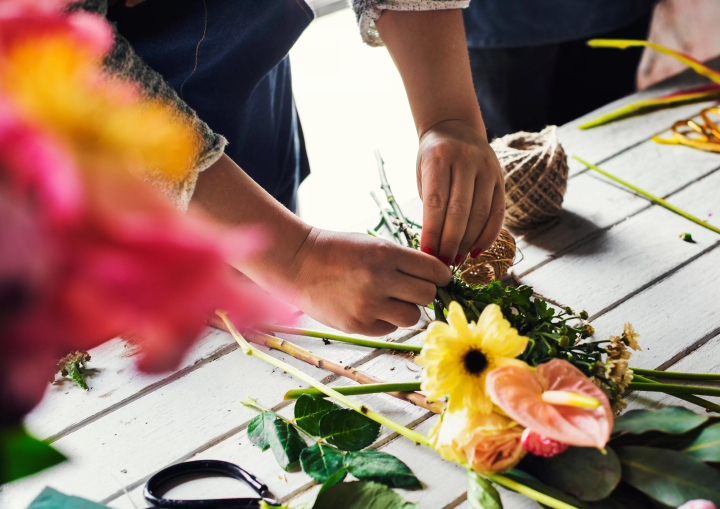
Ikebana is a traditional Japanese floral art that emphasizes harmony between flowers, branches, containers, and space. It succinctly expresses the beauty of nature, and is now enjoyed in both traditional and free styles.
There are also experience plans that allow you to complete a piece of art in a short amount of time, making it the perfect way to add a touch of color to your trip.
calligraphy

Calligraphy is the traditional Japanese art of writing. Using brush and ink, calligraphy emphasizes the beauty of the shape of the characters, the movement of the lines, and the white space. It is not simply a record of characters, but an expression that expresses the writer's heart and individuality, and is enjoyed as a cultural experience that helps to harmonize the mind.
Touring World Heritage Sites and Historical Architecture | Kyoto Temples and Himeji Castle
Temples in Kyoto
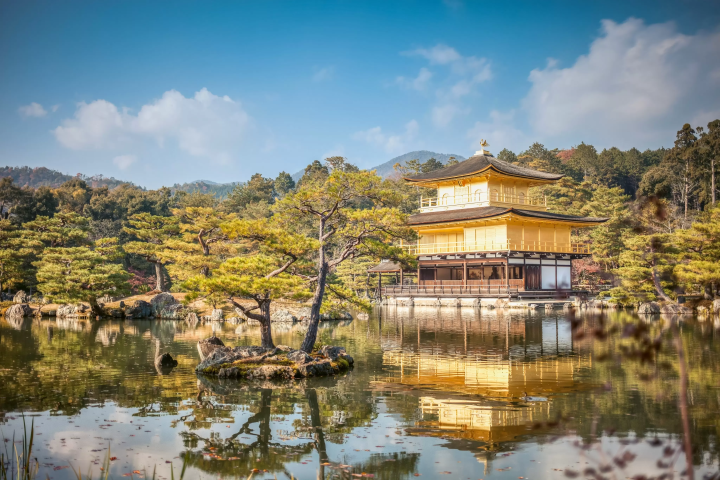
Kyoto, the center of Japan's cultural and spiritual heritage, is known for its more than 1,600 Buddhist temples, including Kinkaku-ji , whose gleaming gold leaf-covered exterior reflects the natural beauty of the surrounding pond.
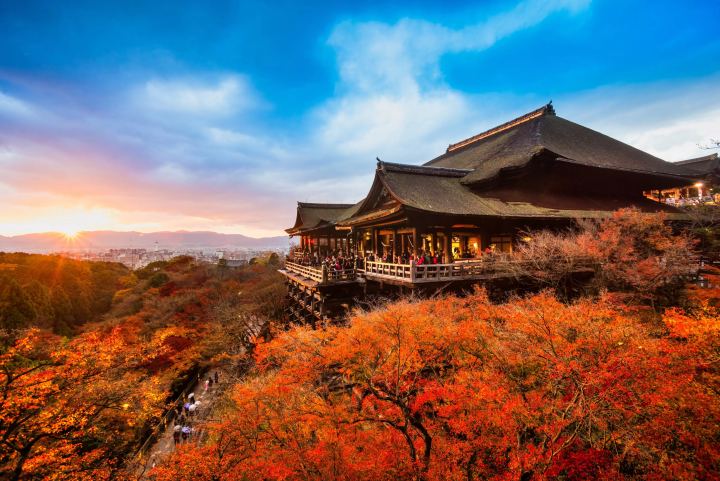
Kiyomizu-dera Temple is famous for its wooden platform jutting out over a cliff, offering breathtaking views of cherry blossoms and autumn foliage. Many of these temples are UNESCO World Heritage Sites and embody the complex relationship between spirit and nature in Japanese culture. Founded in 778, Kiyomizu-dera Temple is named after the Otowa Waterfall that flows below it, which is believed to have the power to grant wishes.
Osaka Castle
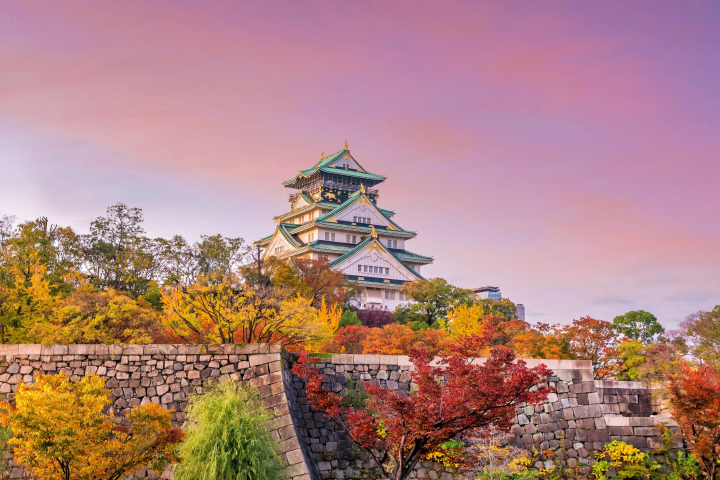
Osaka Castle is one of Osaka's most famous tourist spots, and you can get a panoramic view of the city from the observation deck of the castle tower. A vast park surrounds the castle, allowing you to enjoy the scenery throughout the seasons. The cherry blossoms in spring and the autumn leaves in fall are particularly popular, attracting many visitors. The castle is also beautifully lit up at night, making it a great place for a stroll.
Experience a Japanese Festival | Gion Festival
Gion Festival (Kyoto)
The Gion Festival is a traditional festival that represents Japan and is held every July in Kyoto. The Yamahoko Junko procession, in which gorgeous floats parade through the city, is a spectacular sight that is like a historical picture scroll. At night, the streets are lit by lanterns, creating a fantastical atmosphere, and you can experience the excitement of the festival along with the food stalls and traditional music.
Before or after going to see the Gion Festival, why not stay in Kyoto and immerse yourself in its history and culture? The Kyoto Full-Day Walking Tour allows you to efficiently tour temples and traditional townscapes.
Tenjin Festival (Osaka)
Held every July in Osaka, this festival is one of Japan's three biggest. Its highlights include a portable shrine parade on land and by river, a lighted boat procession, and fireworks dancing in the night sky. Access is easy with Trip To Japan's Metro Pass!
A Journey to Visit World Heritage Sites | Experience Japanese Culture in Nikko and Shirakawa-go
Japan is home to 25 UNESCO World Heritage Sites that showcase its diverse cultural and natural heritage.
Nikko Toshogu Shrine
Nikko Toshogu Shrine is a shrine dedicated to Tokugawa Ieyasu, located in Nikko City, Tochigi Prefecture. It is known for its gorgeous, vibrantly colored architecture and intricate carvings, including famous sculptures such as the three "see no evil, hear no evil, speak no evil" monkeys and a sleeping cat. It is also registered as a World Heritage Site and is a popular tourist spot where you can experience Japanese history and art.
Shirakawa-go
Shirakawa-go is a village nestled in the mountains of Gifu Prefecture and is registered as a World Heritage Site. It is characterized by traditional steep thatched roof houses called gassho-zukuri, which are designed to make life easy even in snowy regions. It is a popular spot where you can experience the original Japanese landscape along with the scenery of the four seasons.
A tour to experience traditional Japanese crafts and martial arts that live on in the region
Washi paper making experience
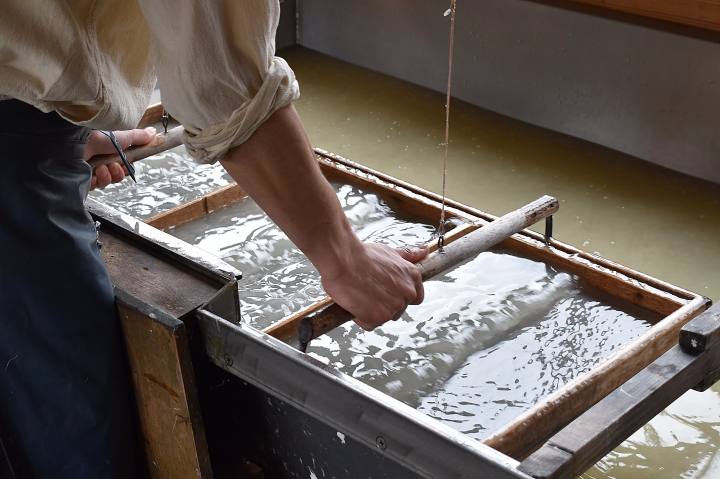
Washi paper is a traditional craft that has been passed down in Japan since ancient times, and is characterized by its durability and delicate beauty. During this experience, you can actually experience the process of scooping up plant fibers and turning them into a single sheet of paper. The washi paper you make with your own hands will be a one-of-a-kind piece, making it the perfect memento of your trip or souvenir. Through a Trip To Japan tour, you can enjoy a special time experiencing the charm of traditional crafts.
Martial arts experience
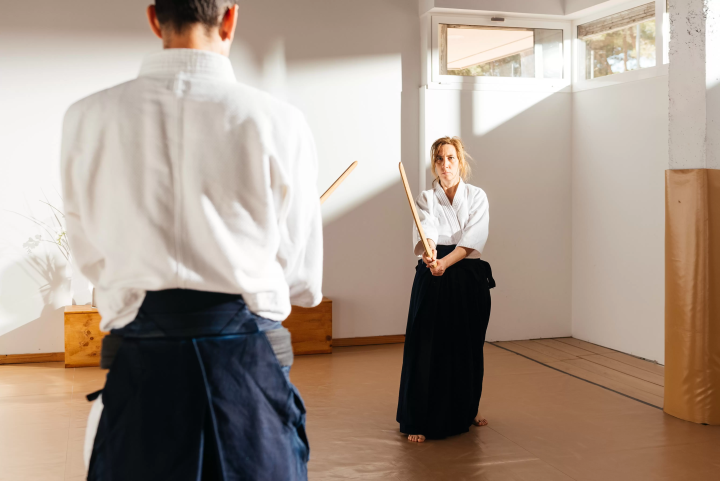
Japan's living traditions, from kendo and judo to the arts of pottery and kimono making, are essential to Japan's cultural identity. These practices are not merely historical relics, they thrive in modern society, and are passed down from generation to generation with pride and respect.
- Traditional Crafts: The Japanese government has designated certain crafts and their practitioners as "intangible cultural properties" to recognize the importance of preserving the country's cultural heritage. Prime examples include Kutani ware, known for its intricate designs and vibrant colors, and Edo Kiriko, famous for its intricate, hand-carved patterns.
- Martial Arts: Practices such as Aikido, Kendo and Karate are not just physical training but also spiritual paths that teach values such as honor, discipline and respect. These martial arts are deeply rooted in the samurai tradition and are popular both in Japan and abroad.
The experience of learning directly from craftsmen and masters will be an unforgettable memory.
Experience the beauty of the four seasons through a Japanese cultural experience | Cherry blossom viewing and autumn foliage tour
Cherry blossom viewing (spring)
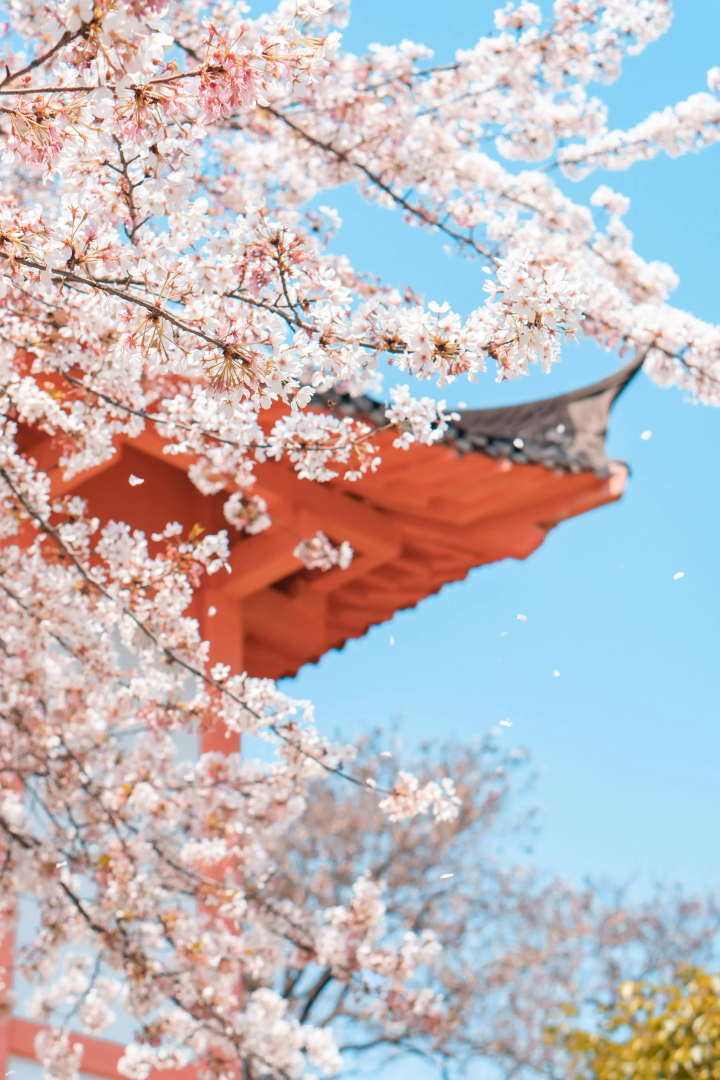
Spring in Japan is synonymous with cherry blossoms. Hanami is a traditional custom of gathering with friends and family under the cherry blossoms and admiring the beautiful flowers. As cherry blossoms bloom all over the country, parks and famous places are bustling with people. Night illuminations of the cherry blossoms are also popular, creating a fantastical atmosphere.
Autumn leaf viewing (Autumn)
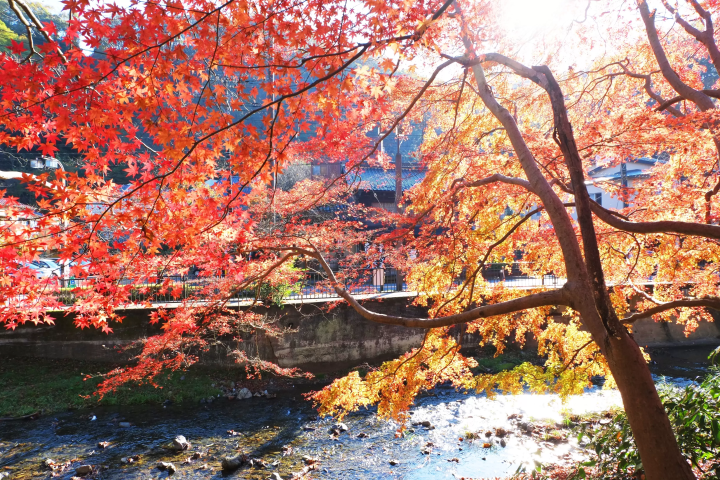
In autumn, you can enjoy viewing the autumn leaves. Strolling around admiring the red and yellow trees is a seasonal pleasure unique to Japan. The autumn leaves are particularly beautiful in Kyoto's temples and scenic mountain areas, making them ideal for photography and strolls.
Summary | Make your trip special with a Japanese cultural experience tour
The true essence of Japanese culture and history can only be understood through experience. Trip to Japan offers a wide range of cultural experience tours in English.
On your next trip to Japan, be sure to add a special experience to your itinerary.
FAQ
- What are the must-see cultural sites in Japan?
Kyoto's Kinkaku-ji (Rokuon-ji) and Kiyomizu-dera temples, historic Himeji Castle, and the UNESCO World Heritage villages of Shirakawa-go and Gokayama offer a unique perspective on Japan's rich history and architectural beauty.
- What are some famous festivals in Japan?
Japan is famous for festivals such as Kyoto's Gion Festival, with its spectacular float processions and traditional music, and Tokushima's Awa Odori, featuring lively dance. These festivals offer a unique opportunity to experience Japanese culture and community spirit.
Trip To Japan is the ultimate travel guide, with a huge selection of bookable tickets and experiences across Japan. From the vibrant city life of Tokyo to the serene landscapes of Hokkaido to the tropical beaches of Okinawa, we've got it all covered. Our platform offers comprehensive resources on popular attractions, local cuisine, shopping, accommodation and practical travel tips. What sets us apart is our customizable multi-day tours, including hotels, JR passes and guided tours, all in one checkout. Whether you're exploring the historic temples of Kyoto, tasting the cuisine of Osaka or relaxing on the beautiful beaches of Okinawa, Trip To Japan ensures a seamless and unforgettable journey. Discover the beauty and diversity of Japan easily and conveniently with Trip To Japan.
The contents on this page may partially contain automatic translation.






















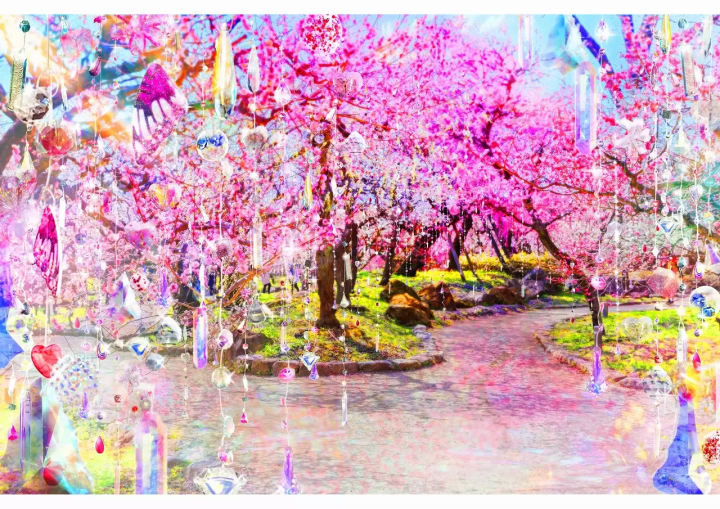






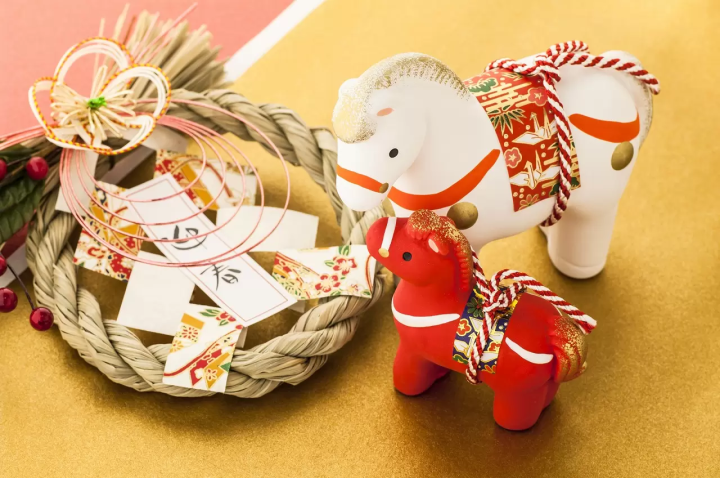

![[2026] Top 5 Strawberry Picking Spots in Tokushima, Naruto| Farms and Access Guide for January to May](https://resources.matcha-jp.com/resize/720x2000/2025/03/06-227165.webp)


